Key Benefits of Infrared (IR) Cameras in Healthcare
-
Enhanced Infection Control with Contactless Authentication
Facial recognition via IR cameras enables contactless login, reducing the need for physical interaction with shared devices, helping to minimise pathogen transmission. These cameras integrate with advanced authentication methods like Windows Hello for fast and secure access. Imprivata’s healthcare solutions further optimise security and simplify workflows, supporting electronic prescriptions for controlled substances (EPCS) via mobile devices or WoWs (Workstations on Wheels) while ensuring regulatory compliance.
-
Improved Usability in Low-Light Environments
IR cameras perform effectively in low-light settings, such as patient rooms, ICUs, or operating theatres, providing reliable monitoring without the need for bright lights.
-
Better Imaging for Telemedicine
In telemedicine and virtual consultations, IR cameras offer superior image quality by improving contrast and depth perception, even in poor lighting. This ensures accurate patient identification during remote monitoring or virtual rounds.
-
Patient Monitoring and Tracking
IR cameras can support thermal imaging or vital sign monitoring in advanced systems (when supported), enabling continuous, non-invasive patient observation. Eye-tracking technology also aids rehabilitation or assists patients with mobility challenges.
-
Enhanced Data Security
By combining facial recognition with infrared imaging, IR cameras offer heightened data security, making them harder to spoof than standard RGB cameras. This supports compliance with healthcare privacy regulations like HIPAA.
-
Gesture-Based Interaction Support
In sterile environments, IR cameras facilitate gesture control, enabling healthcare professionals to interact with systems without physical contact, maintaining cleanliness during procedures.
-
Built for Harsh Healthcare Environments
Designed to withstand dusty, humid, or temperature-variable conditions, IR cameras meet the stringent requirements of medical-grade devices, ensuring reliable performance in demanding environments.
IR Camera vs. 5MP Camera
|
Feature/Aspect |
IR Camera |
5MP Camera |
|
Technology |
Infrared-based, captures IR light and depth |
RGB-based, captures visible light |
|
Primary Functionality |
Low-light operation, depth sensing, facial recognition |
High-resolution imaging |
|
Lighting Requirement |
Works in low or no light |
Requires adequate visible lighting |
|
Security Applications |
Superior facial recognition, anti-spoofing |
Standard facial recognition (less secure) |
|
Thermal Imaging |
Possible (in advanced models) |
Not supported |
|
Image Quality |
Lower resolution for visible-light images |
Higher resolution for standard images |
|
Telemedicine Usability |
Works well in dim lighting |
Requires well-lit environments |
|
Gesture/Contactless Control |
Possible, depending on software integration |
Not supported |
|
Environmental Adaptability |
Suitable for dark, sterile, or low-light conditions |
Limited to well-lit environments |
An integrated IR camera in a medical grade All-in-One device brings a host of benefits that go beyond traditional functionality. By enabling contactless interactions, it enhances hygiene and reduces the risk of cross-contamination in sensitive healthcare environments. Its advanced capabilities, such as reliable performance in low-light conditions and superior imaging for telemedicine, improve usability and ensure uninterrupted workflows. With robust security features, including facial recognition and compliance with strict data privacy standards, it safeguards patient information and aligns with healthcare regulations. These innovations simplify complex processes, support better patient monitoring, and empower healthcare professionals to focus on delivering high-quality care. Together, these features contribute to a more efficient, secure, and patient-centric healthcare system.



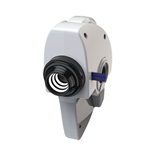
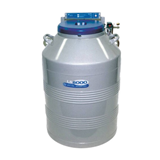

-160x160-state_article-rel-cat.png)


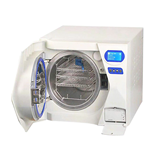












-160x160-state_article-rel-cat.png)


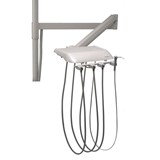


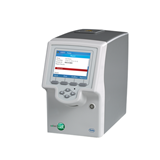





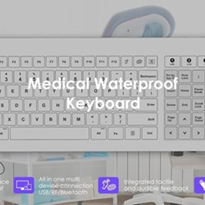


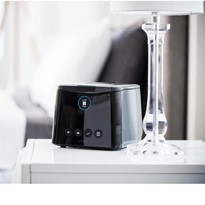


-205x205.jpg)
